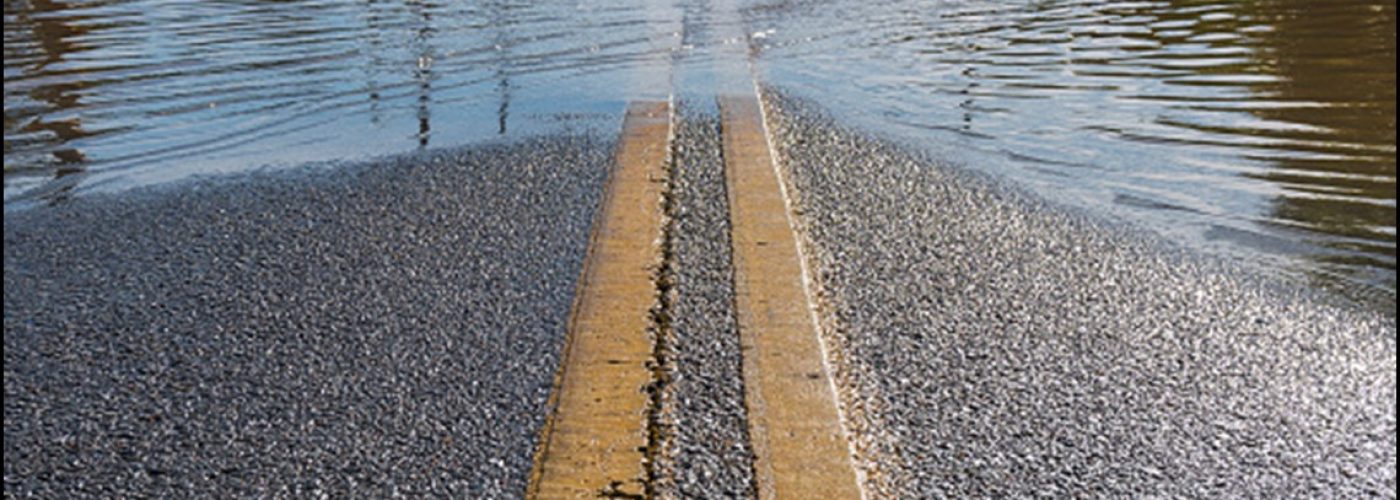In South Florida, where the impacts of climate change are not a distant threat but a present-day challenge, commercial construction faces a pivotal moment. Rising sea levels and the increased frequency of extreme weather events demand a proactive approach to building design and construction. Admer Construction, a commercial contractor in the region, has positioned itself at the forefront of this adaptive movement. By integrating resilience into their projects, they aim to ensure that commercial structures can withstand the environmental stresses of the upcoming decades.
Understanding that resilience in construction is not just about stronger materials but also smarter planning, Admer Construction collaborates with architects, engineers, and environmental scientists. Their goal is to incorporate features like elevated structures, flood-resistant materials, and natural barriers that can help manage the effects of water intrusion. This collaborative approach is critical in an area where the intersection of urban development and ecological preservation is a delicate balance.
Understanding Sea-Level Rise Challenges
Sea-level rise presents significant challenges to coastal regions, with South Florida’s commercial construction sector, including firms like Admer Construction, needing to adapt to these changes. Strategies must be informed by both climate science and risk assessment to ensure resilient building practices.
Climate Change Impact on Sea Levels
- Scientific Consensus: Studies show a consistent trend of rising sea levels due to the thermal expansion of water and melting ice caps as a result of global warming.
- Projections for South Florida: The National Oceanic and Atmospheric Administration (NOAA) projects a sea-level rise of up to 12 inches by 2050 in the South Florida area.
Risk Assessment for South Florida Coastal Construction
- Vulnerability Mapping: South Florida commercial contractors use detailed geographic information to determine the risks to specific construction sites.
- Quantifying Risks: Effective planning from contractors, including Admer Construction, requires quantifying risks in financial terms to prioritize investments in resilience measures.
- Table 1: Key Risk Metrics.
- Metric | Description.
- Flood Frequency | Expected frequency of storm surges and tidal flooding at construction sites.
- Asset Exposure | Valuation of properties and infrastructure susceptible to sea-level rise.
- Adaptation Costs | Estimations of financial investments required for protective construction features.
- Table 1: Key Risk Metrics.
Strategies for Resilient Construction
Resilient commercial construction in South Florida requires innovative approaches to materials and building techniques, alongside prudent urban planning to mitigate the impacts of sea-level rise. This section explores actionable strategies for developing infrastructure that stands up to these environmental challenges.
Innovative Building Materials and Techniques
South Florida Commercial Contractors are increasingly turning to advanced materials and construction techniques to enhance building resilience. Admer Construction, for example, implements elevated structures and waterproof barriers that provide foundational integrity against floodwaters. Flood-resistant materials, like concrete additives that repel water and corrosion-resistant alloys, are incorporated into building designs.
Key materials and techniques include:
- High-strength concrete and coatings.
- Elevated platforms and building designs.
- Storm-resistant windows and doors.
Zoning and Urban Planning Considerations
The strategic development of urban areas is critical in combating the effects of sea-level rise. In South Florida, zoning regulations are evolving to prioritize developments away from high-risk flood zones. Admer Construction is knowledgeable about these shifts, focusing their efforts on sites selected for long-term sustainability.
Urban planning strategies entail:
- Identifying and restricting construction in vulnerable areas.
- Developing higher ground zones.
- Integrating green spaces for water runoff management.





